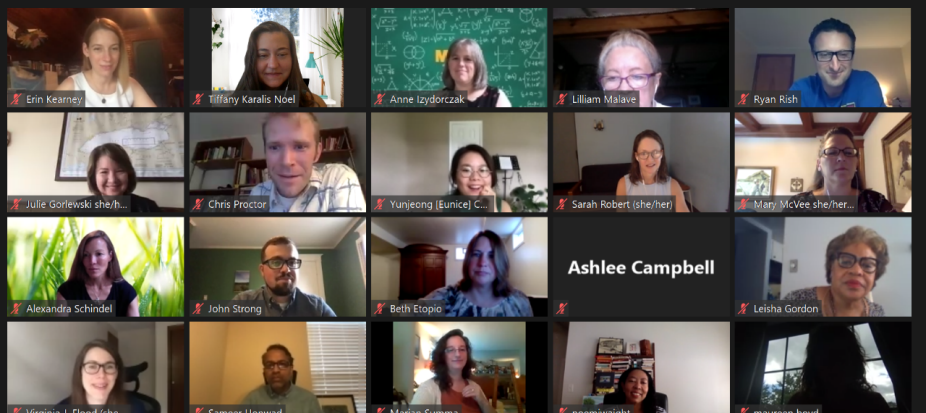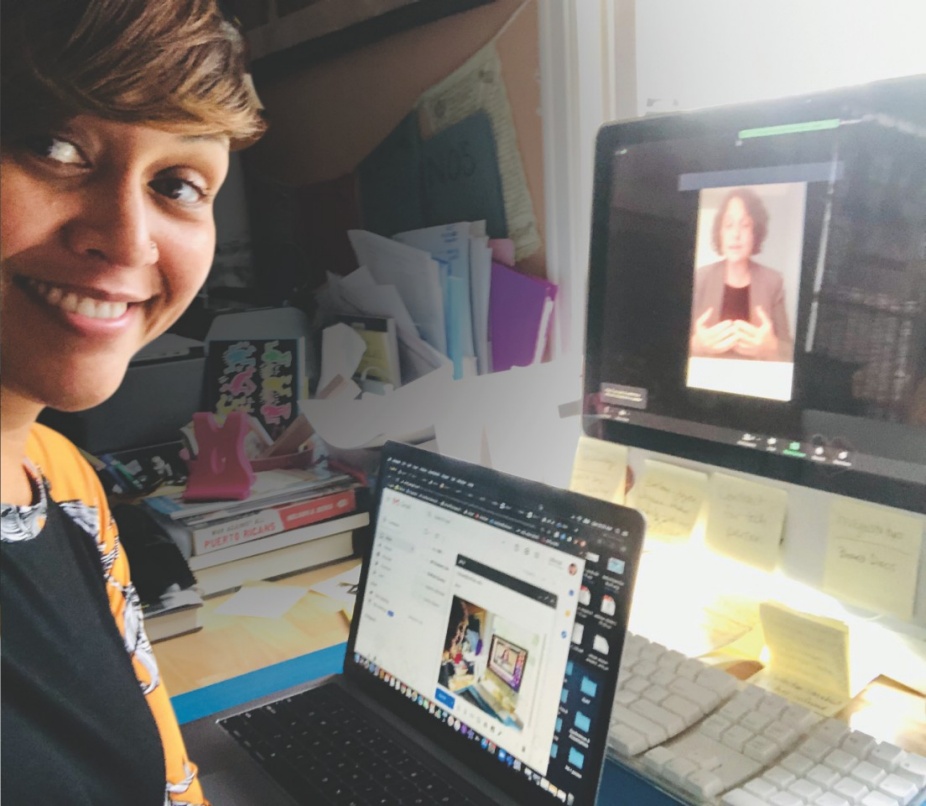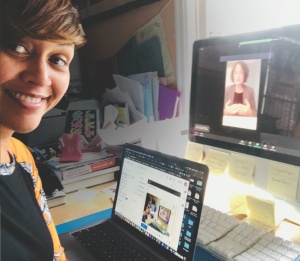
New student orientation, reoriented
This year’s all-virtual student orientation, an unavoidable departure from the norm, was an unexpected exercise in community building. Instead of a GSE-wide gathering, afternoon meetings and lunch, this version, on a Saturday in August, featured videos, Zoom and DIY snacks.
New students react
It went surprisingly well, participants said. A new webpage featured resources. Department chairs hosted introductions and meetings by computer camera. The event, they said, felt more personal than usual.
“In some cases, it was better than others—with students really feeling tied to and connected to their programs and it was a real plus,” said Raechele Pope, associate dean of faculty and student affairs, chief diversity officer and associate professor of higher education.
Doctoral student and Presidential Fellow Julianna Casella liked the video welcome messages. “I thought it was cool because I could hop around,” said Casella, “which let me see what GSE is doing more broadly, which made me more connected.”
As a younger student, Casella designed a bulletproof backpack shield to protect students from school shootings. Now she wants to work as a counselor and lead research about preparing students to be resilient.
She particularly enjoyed learning that one professor—Myles Faith, chair of the Counseling, School and Educational Psychology Department—went to school in Long Island, where she grew up. “I really appreciated having a way to connect to people,” she said.
Insights from department chairs
Dan Albertson, chair of the Department of Information Science organized smaller meetings and an informal social time. It was the largest
orientation turnout he’s ever seen with 100 percent participation of about 115 staff, faculty and students.
“Having different online programs, some students may never come ‘face to face’ with any of their faculty or peers, so a new student orientation shows that a community does indeed exist,” said Albertson. “We made time for students to discuss academic or career interests.... From an observational standpoint, it was great to see the energy.”
For Nathan Daun-Barnett, chair of the Department of Educational Leadership and Policy the virtual gathering of students was critical. “It is the first opportunity for us to welcome them into a community, share our expectations and establish relationships,” he said.
Julie Gorlewski, chair of the Department of Learning and Instruction, was encouraged by how people enjoyed the experience. “We made extraordinary efforts to humanize faculty, sharing personal information and engaging with one another.” Professors met students individually and, in another session, senior students shared tips, strategies and conversation. Incoming students said they appreciated how approachable everyone was. “Our success,” Gorlewski said, “despite being in a virtual format, was a wonderful surprise.”

